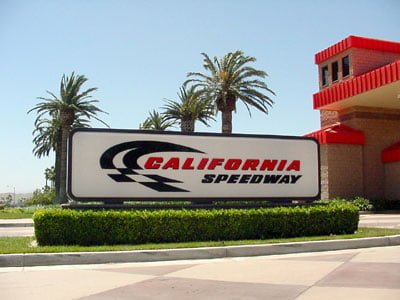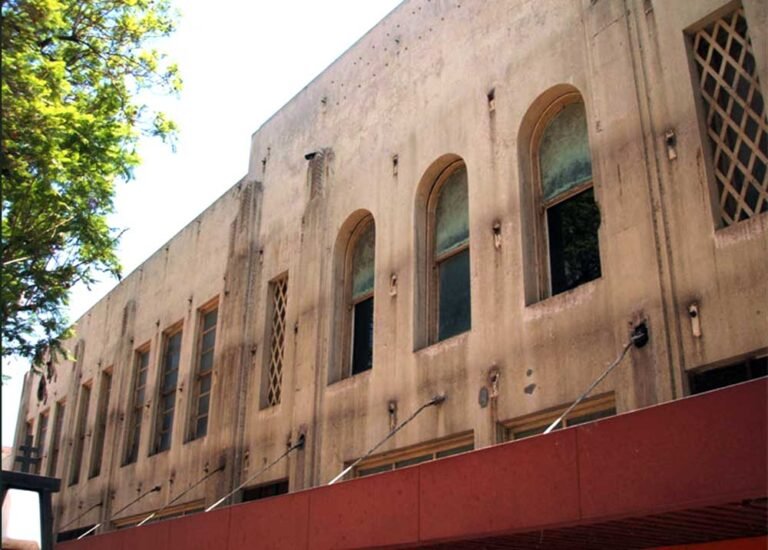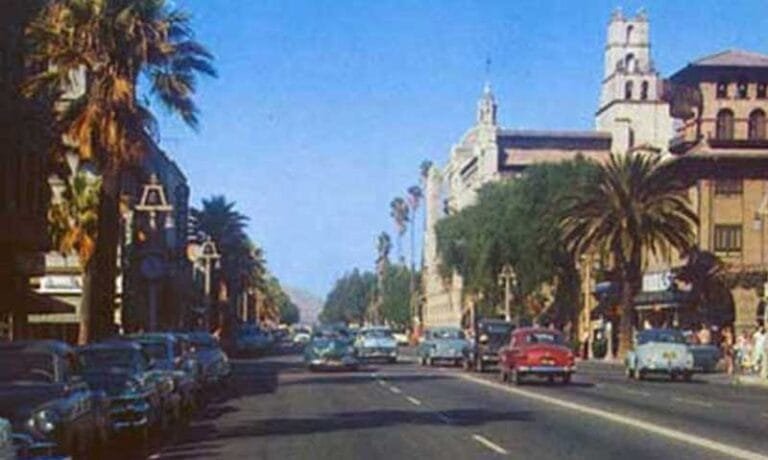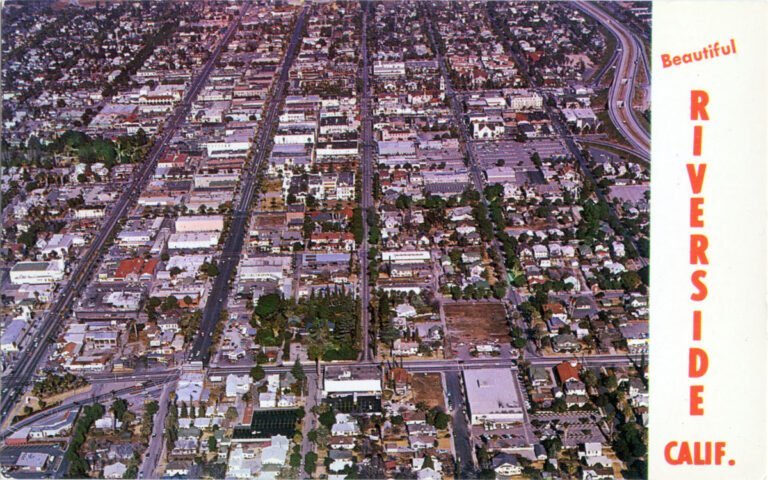Pecuiliar post-war commercial add-ons
Scattered around downtown Riverside one will find a few remaining commercial “add-on” oddities from the post-war years. Here are two of the more obvious ones we’ve noticed.
First up is this house located on Tenth Street. We’re not sure of the original home’s date, but city permits show an addition valued at approximately $5,000 was built around 1947. Though the permits do not indicate what it was used for, they do indicate the expansion was permitted as a “business” addition.
It’s readily apparent the 1947 addition did not make any real attempt to complement the Cape-Cod style motif of the original structure, but a recent makeover does help it blend in better.
__________
Next up is this house located at the south end of Main Street. City permits show minor alterations taking place on portions of the house in 1947 for use as a “cafe.” Later, in 1955/56, a permit was issued for a front addition valued at approximately $11,000. The permit indicates “store” as the intended use for the expansion (though we presume it could have easily been an expansion for the cafe as well).
Although the addition’s roof line offers subtle reference to the home’s traditional architecture, the flagstone and basic cinder block construction adds a bit of mid-century flair (unintended as it may have been at the time).
__________
Today, design codes are simply too strict to allow such non-conforming additions. And as much as they tend to ruin the architectural motif of the original structure, there’s no doubt seeing these “grand-fathered” oddities does add a bit of interest and character to what might otherwise be a monotonous streetscape. It’s also one aspect that make parts of Southern California’s older established cities — such as Riverside, Redlands, Fullerton and Pasadena — a bit more unique than newer master-planned cities and neighborhoods.









It’s also one aspect that make parts of Southern California’s older established cities — such as Riverside, Redlands, Fullerton and Pasadena — a bit more unique than newer master-planned cities and neighborhoods.
I totally agree. The little differences and oddities break up monotony and keep our environment interesting 🙂